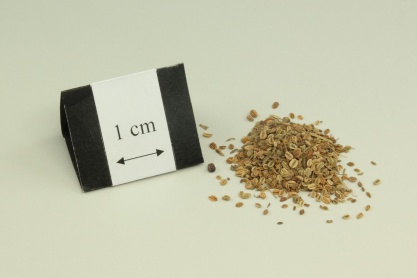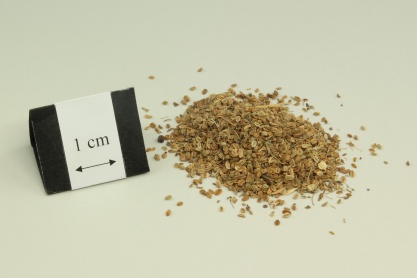蛇床子
- ENG
- Common Cnidium Fruit
- LATIN
- Cnidii Fructus
| Medicinal Group | Dry dampness relieve itching and kill worms medicinal |
|---|---|
| Source | Dried ripe fruit of Cnidium monnieri (L.) Cuss. (Fam. Umbelliferae) |
| Nature and Flavors | pungent, bitter; warm; slightly toxic |
| Meridian Affinity | Kidney |
| Actions | To warm the kidney and invigorate yang, dry dampness, dispel wind, and kill worms |
Family
Umbelliferae
Part used
Fruit
Indications
Impotence, frigidity, excessive leukorrhea caused by cold-damp; lumbago due to attack of damp; external use for eczema, vulval itching, trichomonas vaginitis
Cautions
No Data.
Report on adverse effect
Nausea, tongue numbness, vomiting [1]
Reference
楊璐璐、龐雲麗、秦興衛、黃莉 (2001)。<服用蛇床子致不良反應1例>。藥學實踐雜誌,5。










